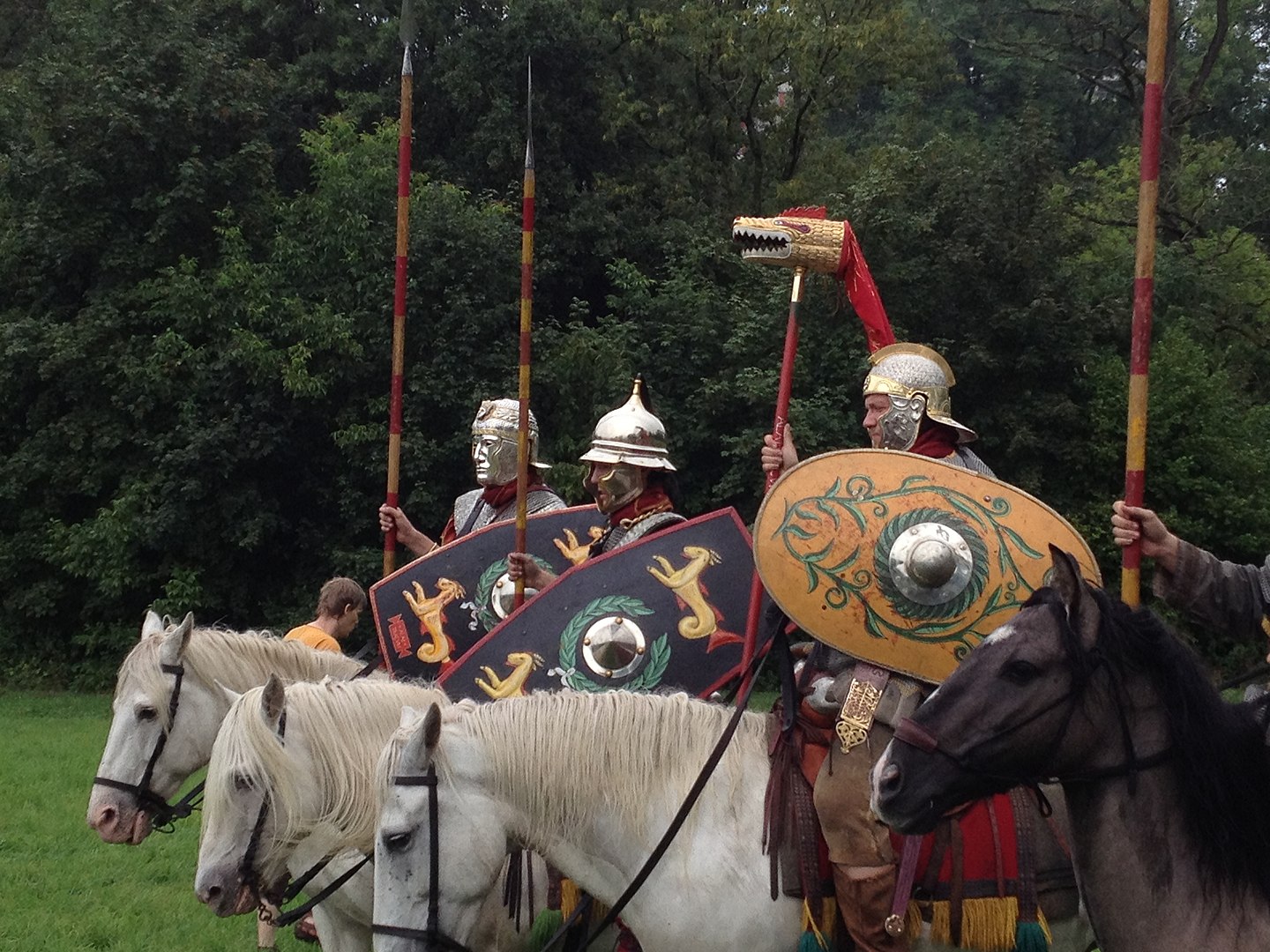Usually the units were, ‘five hundred strong’ (quingenaria), but there were also some units ‘one thousand strong’ (milliaria). A quingenaria infantry cohort was, like a standard legionary cohort, divided into six centuries of eighty men, and this does indeed produce a unit around ‘five hundred strong’. A milliaria infantry cohort, however, had only ten centuries, which falls considerably short of being ‘one thousand strong’. Similarly, a quingenaria cavalry wing comprised sixteen squadrons (turmae) of thirty or thirty-two (it isn’t clear which) troopers, giving a unit size about ‘five hundred strong’, whilst in a milliaria cavalry wing there were only twenty-four squadrons, so it too falls quite a way short of its advertised strength. There were also auxiliary units where the infantry was supplemented by a small cavalry force: cohortes equitatae. In this case, a quingenaria cohort seems to have comprised the usual six centuries of infantry, but with the addition of four squadrons of cavalry, hence it exceeded its nominal size. A milliaria cohort, seemingly comprising ten centuries of infantry plus eight squadrons of cavalry, was comfortably ‘one thousand strong’. The horsemen of the cohortes equitatae were apparently not as well equipped, nor, indeed, as well paid, as those of the alae.
